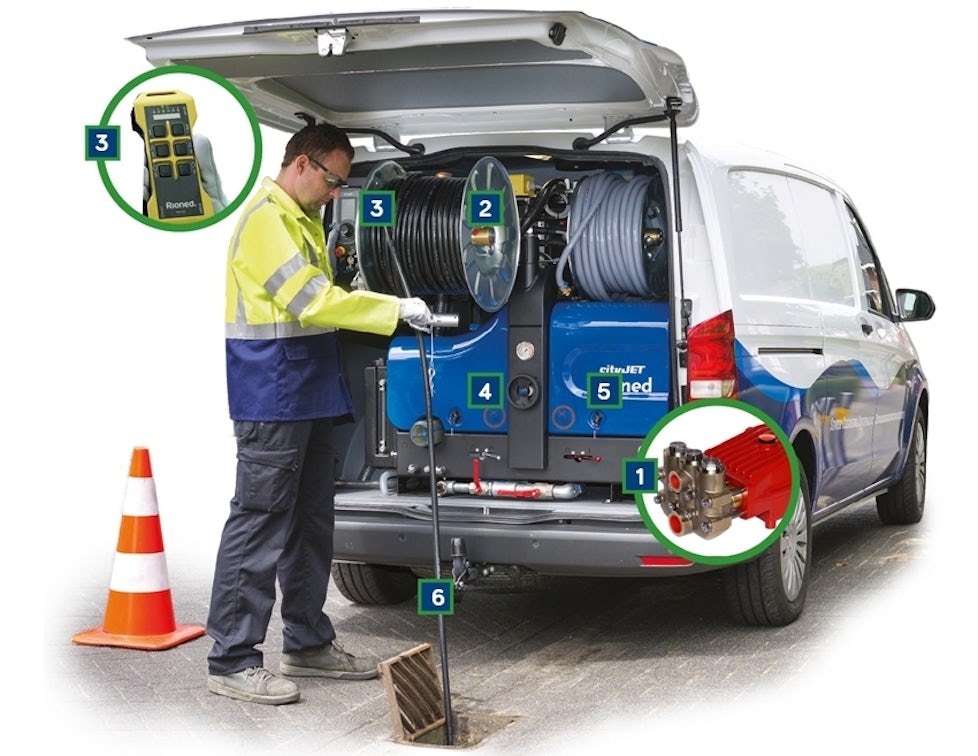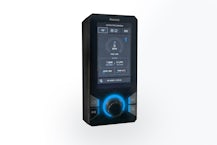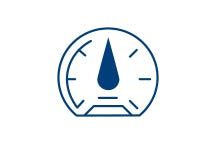- Guides
What is a Sewer Jetter?

Sewer jetters are heavy-duty machines that are used to clean and clear sewers and drains with a diameter of up to 650mm, as well as for a range of smaller jetting tasks including street cleaning.
These high-pressure water jetters can be configured in several different ways, from portable jetters and trailer units for everyday operations, to van-pack machines and jetting and vacuum (jetvac) combination units for the toughest cleaning jobs.
Want to learn more about drain and sewer jetters before making a purchase? Read our blog below for a beginner’s guide to these high-specification machines.
READ MORE:
Our Guide to Modern Van Pack Jetters
How does a Drain Jetter operate?
Sewer jetting machines pump water through a hose and jetting nozzle at high speed and pressure to clear blockages in sewers and drains. Controlled either through a remote control handset or sewer machine management system, operators can select a range of combinations of pressure and water flow to create optimal working conditions to clear stubborn deposits including FOGs (Fats, Oils and Grease) and tree roots.
When choosing the right pressure and flow, as a rule, the longer and larger the pipe, the higher the water flow needed to clean efficiently and effectively. You must also take into consideration the type of cleaning needed, with the selection of the right jetting nozzles and sewer jetter attachments as important as the settings of your jetter.
Rioned offer a range of two-day Water Jetting Association accredited jetter training courses, which must be retaken every three years. Book your place on the course today.
Types of Drain Jetters
When choosing a sewer jetter for cleaning, you have to decide between a traditional one and a modern electric version. Traditional jetters, powered by petrol or diesel, have been the industry norm. But with Stage V standards, electric jetters are now available. They provide cleaner and quieter drainage operations, offering a modern and environmentally friendly choice.
What are the features of a Sewer Jetter?
Now you know how a water jetter works, what components make up a modern drain and sewer jetting machine? A modern high-performance jetter typically consists of six components; a high-pressure pump, hydraulic reel, pulsator system, system protection system, and lightweight sewer hose, whilst other drain jetting equipment, such as management systems and remote controls, can be added to aid operation.
The diagram below, showing the best-selling CityJet, demonstrates the conventional make-up of a sewer jetting machine.

1. High-Pressure Pump
Powered by the water jetter’s petrol, diesel, or electric engine, the direct-drive triplex plunger pump produces smooth, continuous water flow and pressure. To prolong its lifecycle, integrated pressure unloaders enhance the protection of the pump.
2. Hydraulic Hose Reel
A pivoting hydraulic hose reel significantly increases ease of operation by allowing an optimum angle and easier access to drain openings. The inclusion of a hose reel locking mechanism further enhances operator safety, while the hydraulic machine dramatically reduces the effort required to operate the reel.
3. Management Systems and Radio Remote Controls
With the rise in single-man operation, machine management systems, such as the eControl Touch, offer users complete control over their jetting machine. Often with an LCD or touchscreen, operators can access system information, such as service warnings, and real-time readings of pressure, flow, and water and fuel levels at a glance.
Wireless remote controls, such as the Five or Seven Channel RioMote, work hand in hand with machine management systems and allow users to operate the jetting machine from afar. Significantly improving user safety, they are particularly useful when working in restricted and hard-to-reach areas, and with the information from control systems easily displayed on the handset, operators can finely tune their pressure and flow settings to improve efficiencies and streamline operations.
4. Pulsator Systems
Pulsator systems create a pulsing action on the jetting hose, allowing it to be propelled faster and further into the pipe. Partially interrupting the jetter’s water flow, a pulsator system also enhances the manoeuvrability of the hose through tight turns and stubborn blockages and can save up to 30% in jetter water usage.
5. System Protection
Modern high-performance jetting equipment is fitted with several components, including unloader valves, anti-freeze systems, and run-dry protection systems designed to extend the machine’s lifecycle and reduce damage. To find out more about how to protect your jetting machine from the frost, view this blog from our sister company Andy Guest Jetters.

6. High-Pressure Lightweight Hose
With a wide inner core and smooth surface, the latest lightweight high-pressure hoses offer an optimised water flow by reducing pressure loss and resistance, with tests showing that through using a lightweight hose, effective working pressure at the nozzle can be increased by over 10%.
DOWNLOAD THE PDF TO VIEW THE FULL GUIDE
VIEW OUR FULL RANGE OF HIGH-PRESSURE SEWER JETTERS
Rioned has a range of high-performance drain jetters for hire across the UK VIEW OUR RANGE OF FINANCE PACKAGES
- Guides














